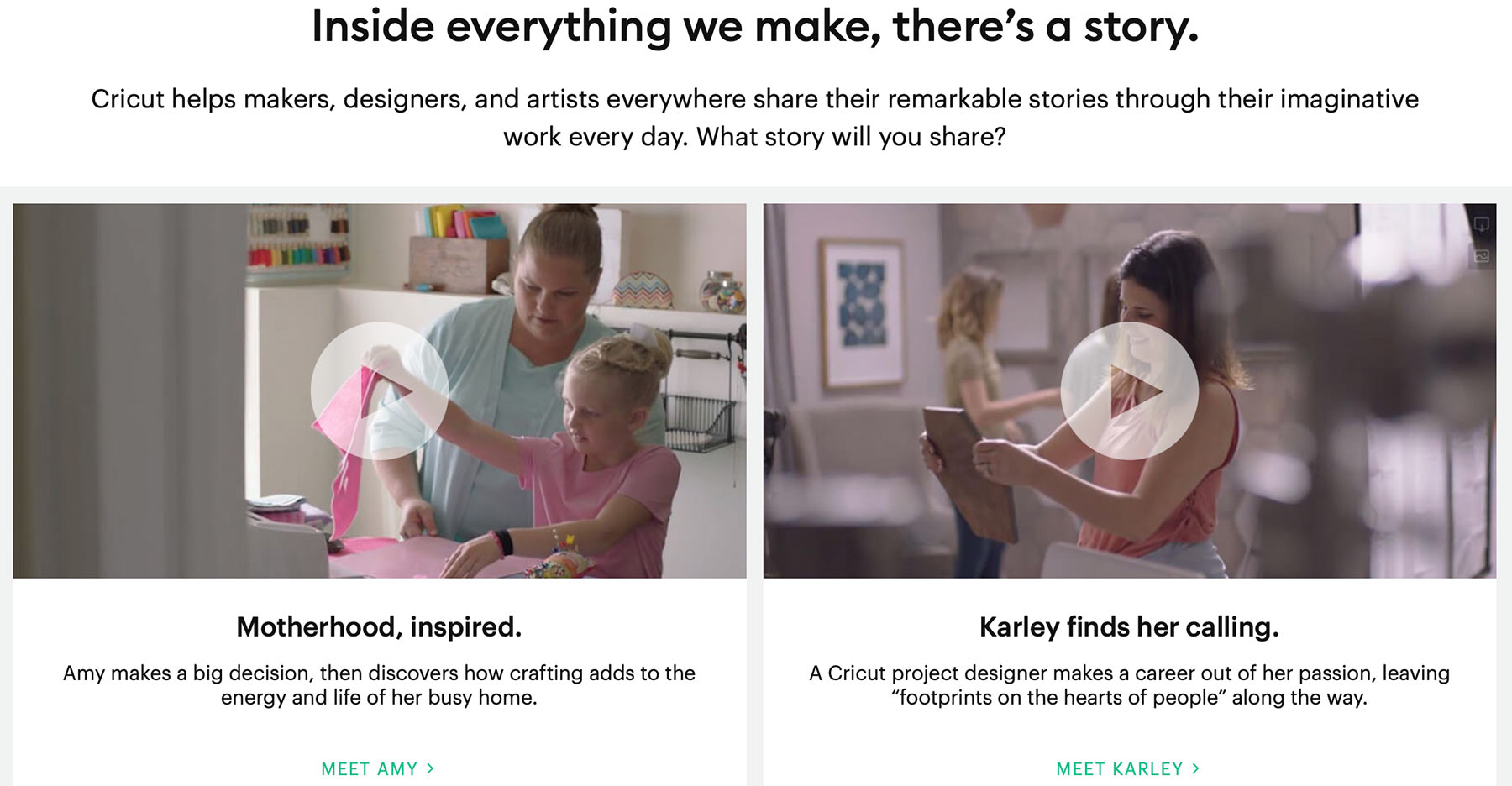Successful brands make a point of building long-term relationships with customers. It’s a crucial step in a company’s growth. But it takes more than exclusive deals and special features. It requires support, transparency, and communication.
The lifetime value of a customer is an important metric. It’s the average amount of money consumers spend a company over their lives. Many businesses refer to LTV for budgeting and future expectations.
What happens after their initial purchase determines if customers become repeat buyers.
Here are seven ways to foster long-lasting relationships.
Long-lasting Relationships
Produce ongoing product usage emails, videos, or posts. One of the main reasons Fitbit users are loyal is the ongoing encouragement. Fitbit sends a weekly stats email, showing how you align with other steppers. It also sends milestone messages, such as when you hit 1 million steps.
Likewise, MyFitnessPal publishes blog posts about exercise and healthy eating. And when you buy an Amazon Echo, you receive regular updates about how you can use Alexa.
Most brands can benefit from customer spotlights. Showcasing how folks use your products keeps your brand relevant. Cricut, shown below, is a maker of consumer cutting machines. It features customers and how Cricut products fit into their lives.

Cricut’s project page showcases how real people use its machines.
Announce fixes to common complaints. Don’t wait for customers to seek support. Communicate fixes to common complaints of a product or service. An email giving a brief overview with a link to solutions builds trust and helps circumvent public online grumbling.
List eliminated product features. Marketing products by listing negative aspects sounds odd, but sometimes it helps convert and retain customers. Years ago, all laser and inkjet printers came with a cable to connect them to computers. Then manufacturers stopped including it, frustrating customers who didn’t know the cable was sold separately. Retailers that clarified the need for a cable softened the blow. It reduced the number of people who had a printer yet couldn’t use it.
Sometimes features are eliminated because they’re problematic or no longer necessary. Letting shoppers know upfront builds trust, which increases sales and decreases returns.
Drop personal notes in shipments. Whether randomly or based on the total number of orders over time, personal messages go a long way in forging loyalty. Simple statements — “Thanks so much for your years of support!” — can create a memorable package-opening experience.
Approach problems with empathy. When things go wrong, consider circumstances outside the company’s control. Even if it’s not your fault, be empathetic to the customer’s needs. Many times, people merely want companies to listen and apologize when they’ve made a mistake.
While the customer is not always right, reserve ground-standing for abrasive behavior.
Create a “whoops” kit. Mistakes happen. But a refund or discount isn’t always the answer. For issues where “I’m sorry” doesn’t cut it, send something special.
A “whoops” kit is a basket or box containing a collection of goodies. It doesn’t have to include items you sell; it could be gourmet chocolates or coffee or something relevant to your audience. Consider partnering with another reputable retailer to send something unique.
Follow up on resolved issues. Don’t assume when issues are resolved on your end that you’ve satisfied customers. A follow-up email invites them to confirm you’ve done your job or let you know what’s still outstanding. Avoid using phrases such as “We consider this matter resolved.” Or, “Please let us know how we did.” Let the customer decide.
Beyond Discounts
Today’s loyal shoppers don’t fixate on discounts and free shipping. They value integrity, quality, and sustainability. Longtime supporters will bring new customers via word-of-mouth, which is more valuable than traditional marketing.
If you want serious customers, be transparent during the purchasing process and focus on what happens after the sale.
via https://www.aiupnow.com
Pamela Hazelton, Khareem Sudlow
